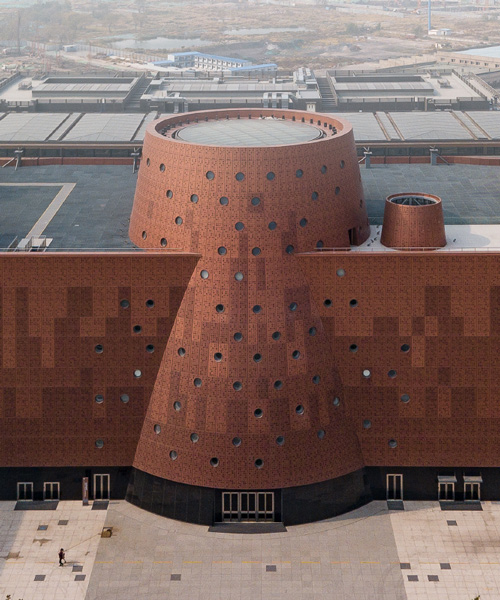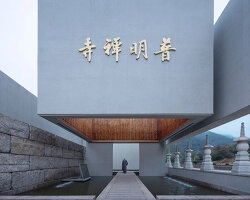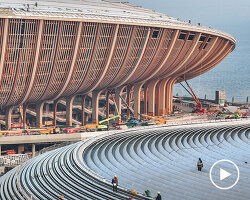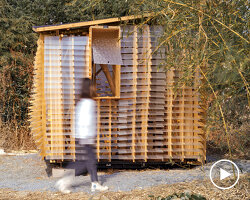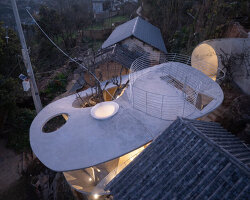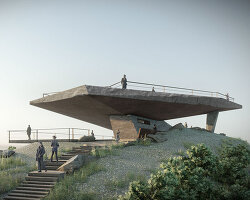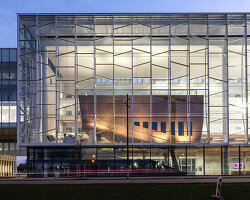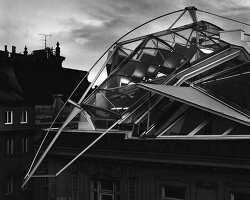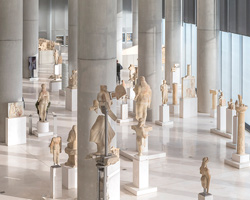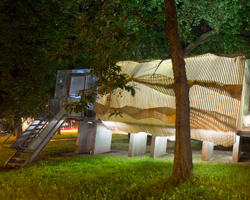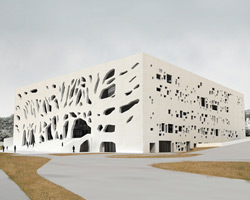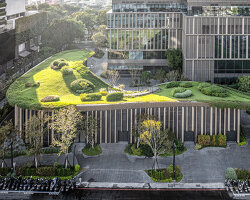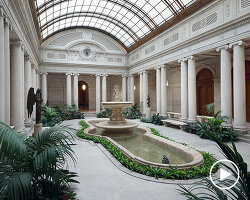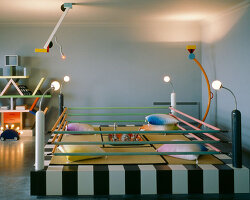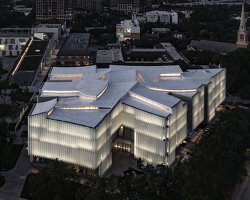bernard tschumi architects has completed construction of the tianjin binhai exploratorium, a 33,000-square-meter (355,200-square-foot) structure in northeastern china. once open in fall 2019, the museum building will showcase artifacts from tianjin’s industrial past through large-scale contemporary technology, including rockets for space research. the exploratorium also contains facilities for cultural events and exhibitions as well as galleries, offices, and restaurant and retail spaces. the project forms part of the binhai cultural center masterplan, which was prepared by GMP and includes a library designed by MVRDV.
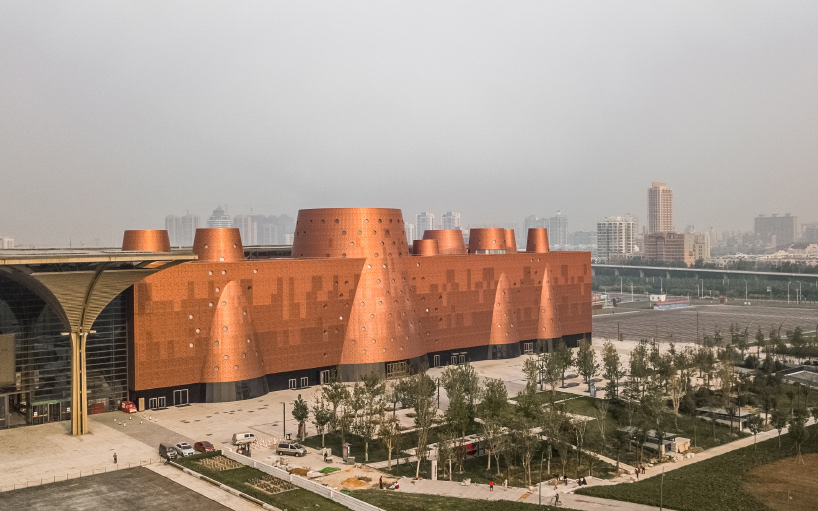
all images by kris provoost
bernard tschumi architects, in collaboration with tianjin urban planning and design institute (TUPDI), designed the building to relate to tianjin’s industrial history. a series of large-scale cones creates major rooms throughout the museum, with the central cone, lit from above, connecting all three of the building’s storeys. here, a spiraling ramp ascends to the top level — a gesture designed to provide an unusual spatial experience of the modern vertical city by reinterpreting an ancient industrial typology. the roof is accessible to visitors and serves as a promenade that offers views over the city.
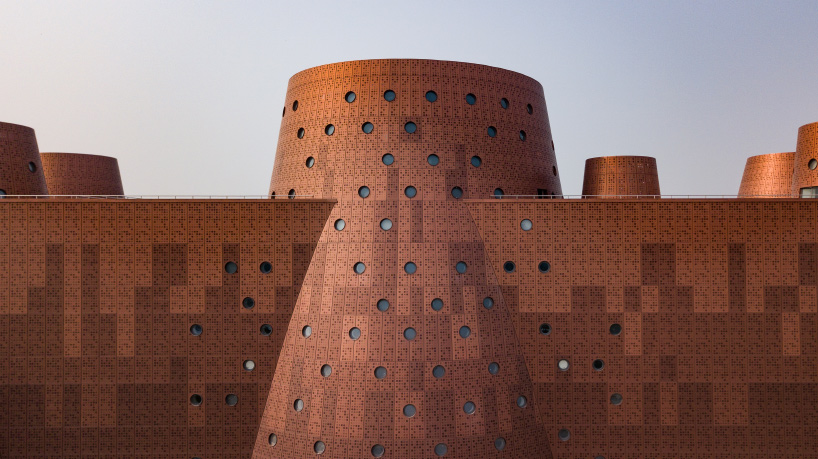
the focal point of the exhibition complex is the grand lobby or cone, which is almost double the height of new york’s guggenheim museum. this immense cone provides access to all public parts of the program and allows visitors to spiral through the large exhibition halls stacked on each end of the building. ‘grand, triple-height spaces define the main circulation, while a constellation of lights and circular lightwells give the space an other-worldly feel,’ the design team explains. ‘the perforated aluminum facade gives a unified presence to the building, despite its large size and the disparate elements of the program.’
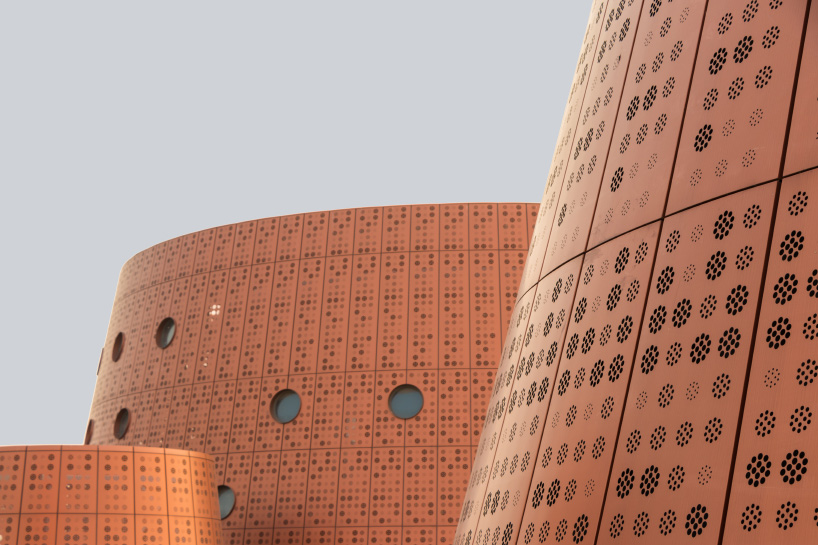
the configuration of the cones not only ensures that gallery spaces receive even, natural light, but also reduces the energy loads required for artificial lighting. the tapered forms of the cones concentrate warm air, which can then be channeled out of the building in summer or back into the galleries in winter. the central, large atrium acts as a solar chimney, drawing up hot air and replacing it with cool air from below in a constant airstream. glazing surfaces are minimized, while the perforated metal panels of the façade help reduce heat gain.
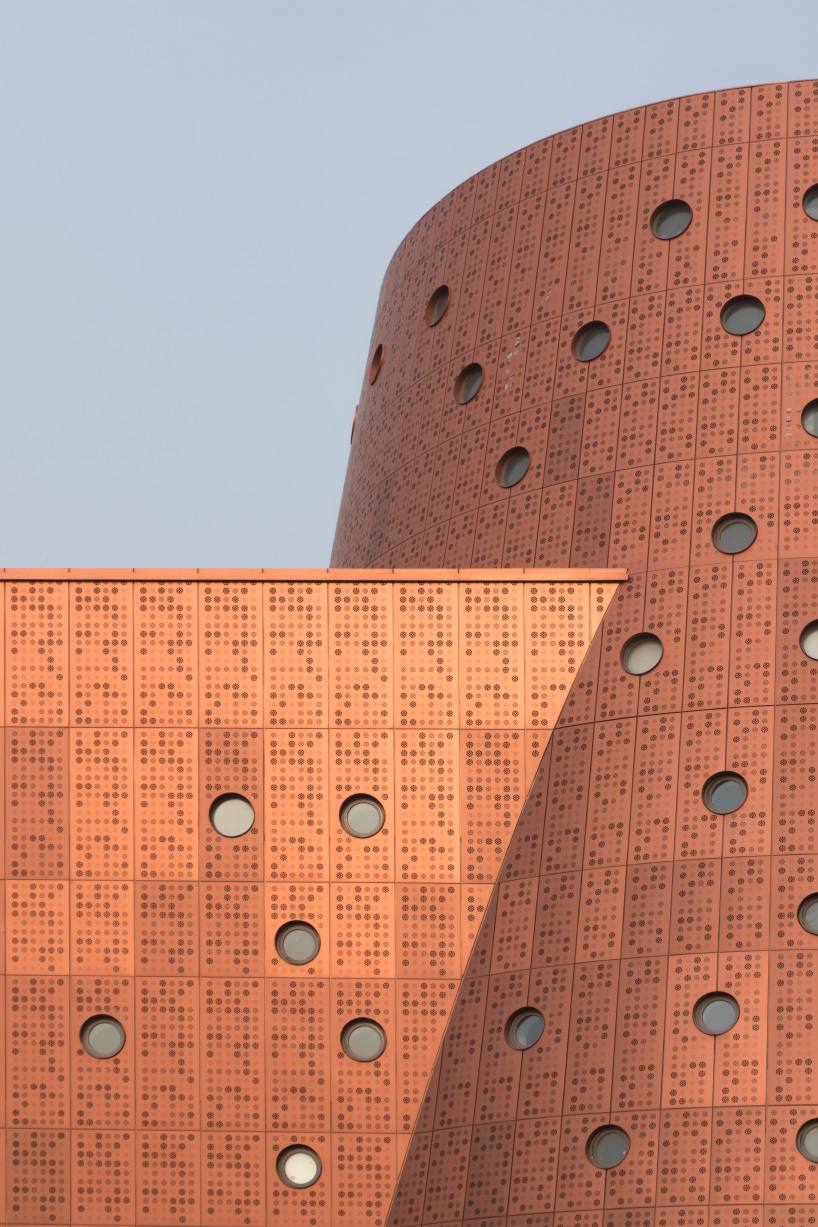
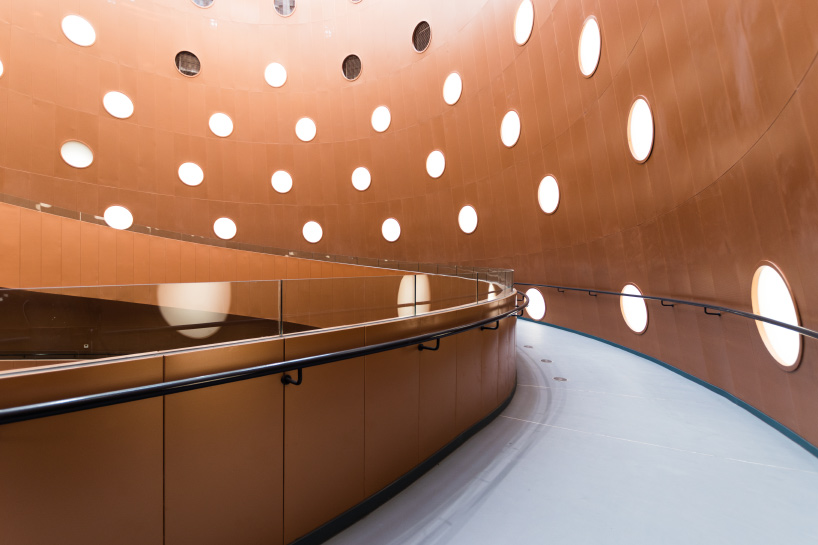
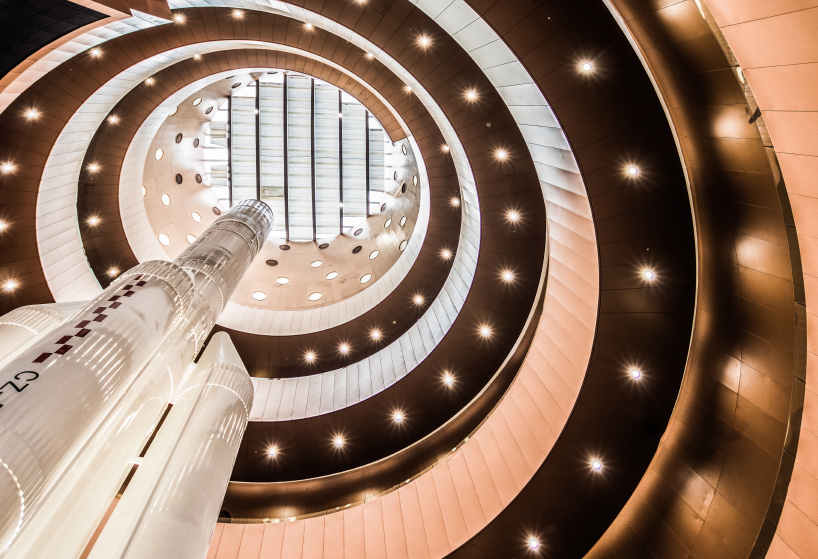
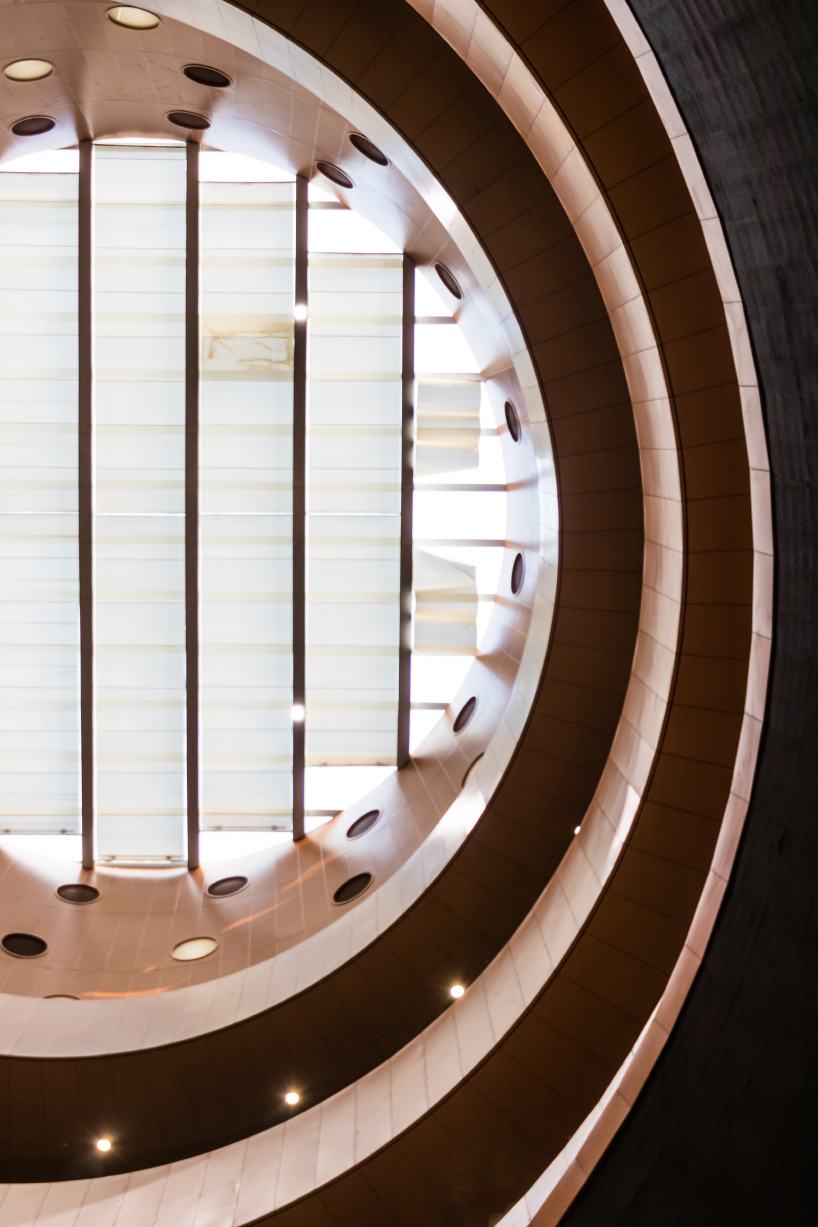
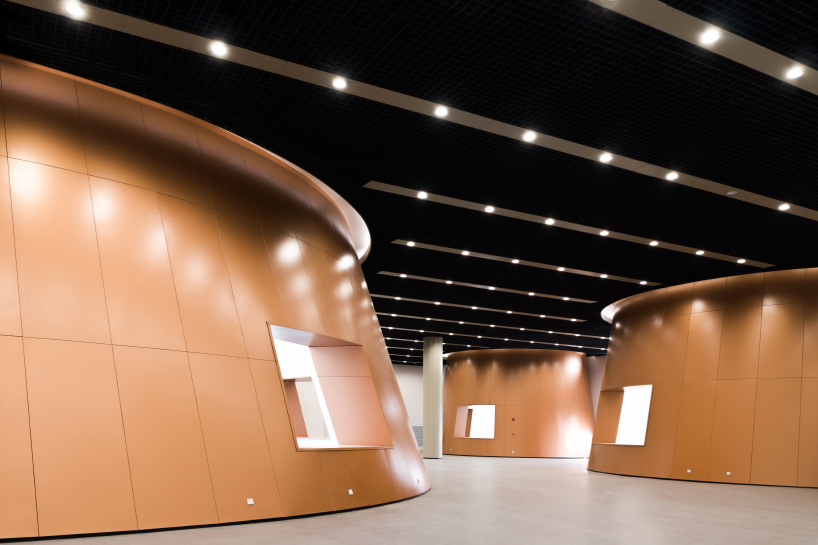
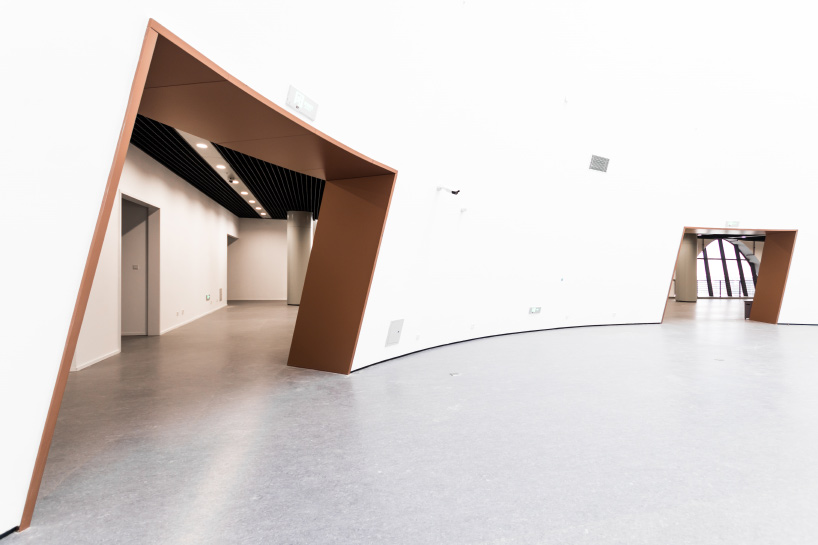
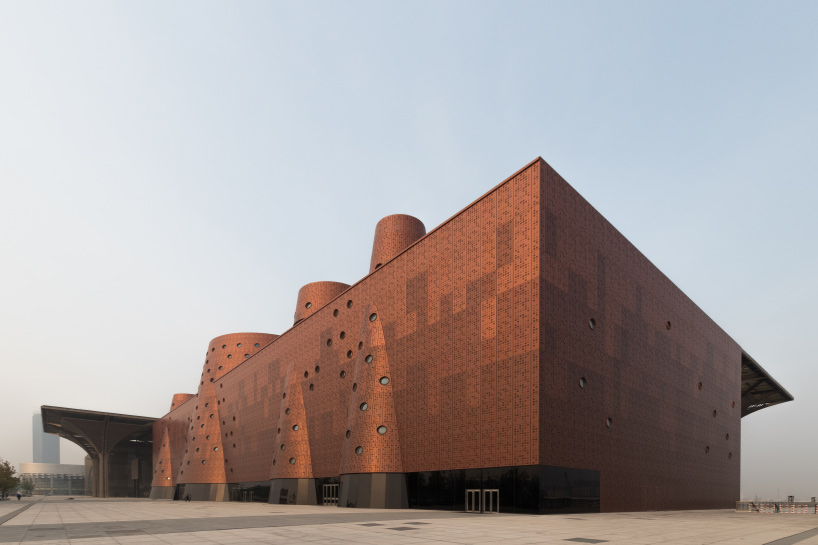




project info:
name: tianjin exploratorium
location: tianjin, china
dates: 2013-2019
schedule: commission, 2013; completion, 2019
size: 355,200 sqf (33,000 sqm)
client: tianjin binhai municipality
team
lead designer: bernard tschumi
key personnel: joel rutten, nianlai zhong, christopher lee, pierre-yves kuhn, jerome haferd, bart-jan polman, dora felekou, pedro camara, shayi liang, nate oppenheim, kate scott, clinton peterson, olga jitariouk, sung yu
local architects and engineers: tianjin urban planning and design institute (TUPDI)
photography: kris provoost
